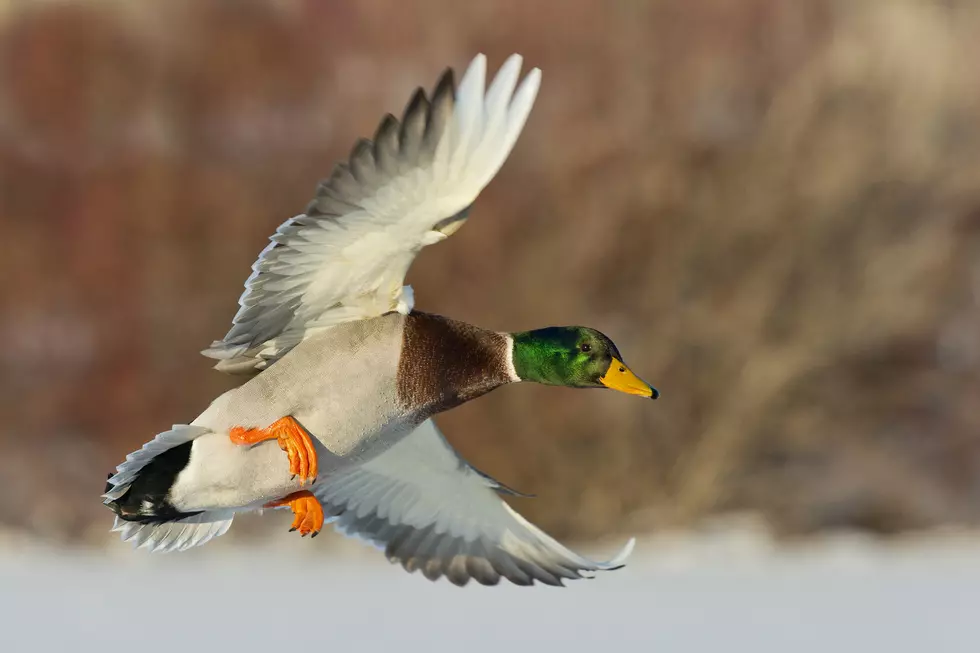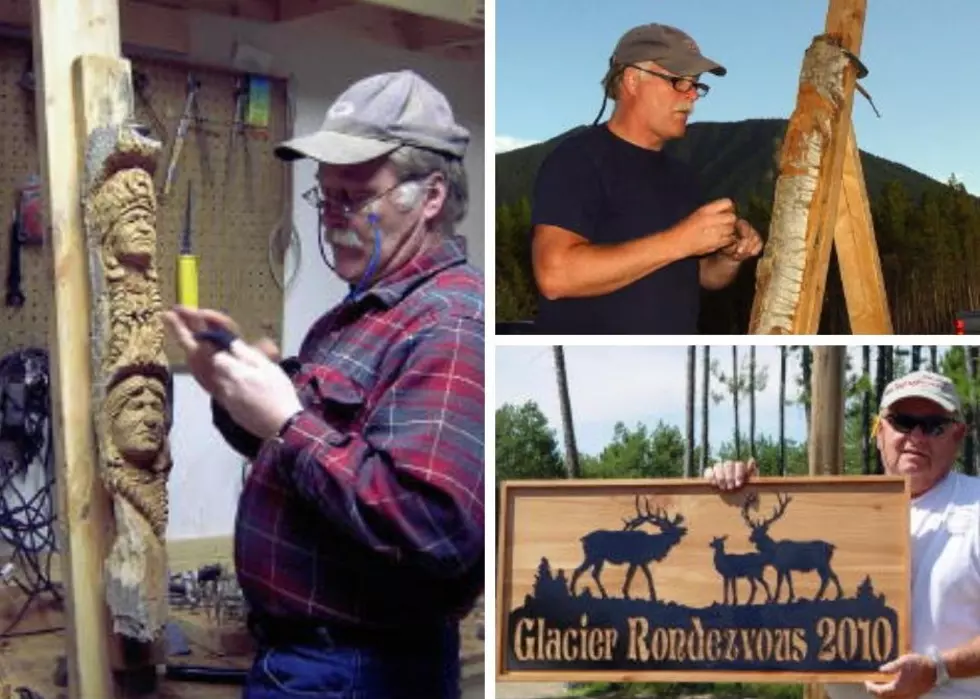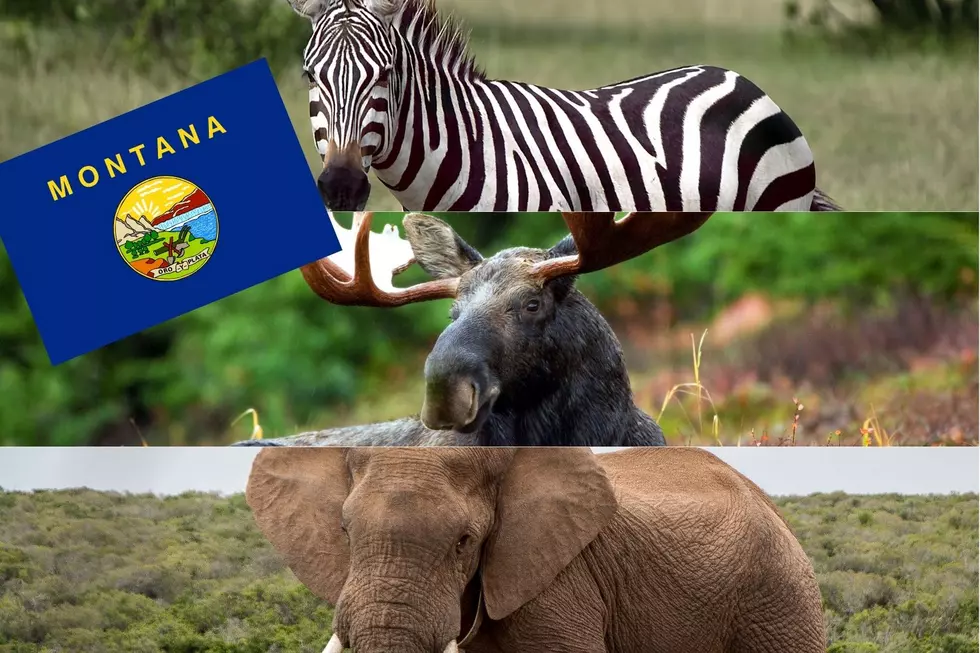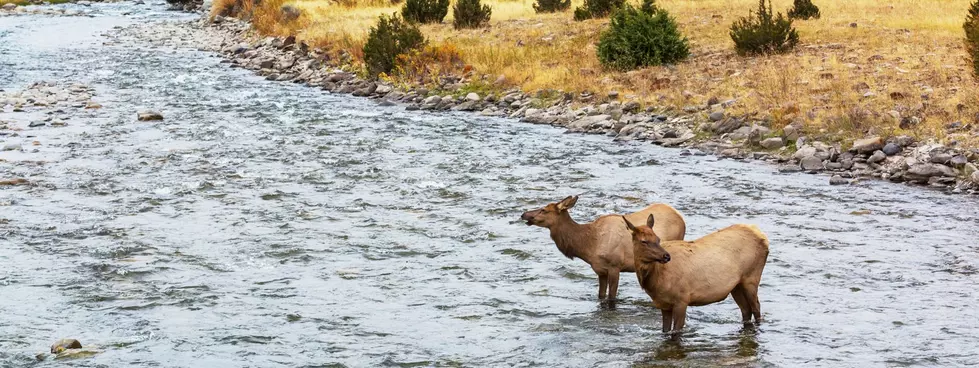
Record-Setting Speed Duck Includes Montana in Flight Itinerary
Of course it didn't put a Trip Advisor travel planner in its phone. That would be cheating.
Nope, just instinct and stamina at their best resulting in astounding speeds are what put this bird into the Cohen Wildlife Lab record book. And while it is doubtful there was time for a quick stop into a nearby Town Pump, the flight path did include a clip of a northeast Montana wing.
According to the stopwatch handlers at Cohen, a drake mallard recently zipped through the sky at speeds of almost 100 miles per hour at times, with a little help from strong tailwinds. The entire migration journey spanned over 4,100 miles in four months. He wintered mainly bouncing between flooded rice fields in Missouri, Arkansas, and Louisiana.
The duck took a 3-week break just outside of St. Louis, and then soared back into action, covering an eye-popping 1,000 miles in just 29 hours. There was a brief break in southern Minnesota before he roared across northeast South Dakota, the western third of North Dakota, the tip of northeast Montana, and to its final destination in northwest Saskatchewan, Canada.Top speed recorded was 99.3 MPH!
WELL, MAYBE NOT EXACTLY A RECORD
Ducks Unlimited chimed in, stating that the fastest duck ever recorded was a "red-breasted merganser that attained a top airspeed of 100 mph while being pursued by an airplane.” So, technically, this particular mallard that Cohen Wildlife Lab recorded may not be the fastest duck ever recorded, but it is a record for their projects and not too far from fastest overall.
Congratulations to the duck, who has set up a funding page to help cover the cost of all his speeding tickets.
10 Animals That You Can Hunt Anytime of the Year in Montana
Gallery Credit: KC
LOOK: Stunning animal photos from around the world
Gallery Credit: Nicole Caldwell
More From 94.9 KYSS FM






